Thanks to The Nostalgia Box – Australia’s Only Video Game Museum
Exploring the roots of gaming, its legendary icons, hidden gems, unforgettable soundtracks, and the lasting impact of retro mechanics.
Gaming has evolved drastically since its early days, but many retro mechanics, visuals, and storytelling techniques still shape modern games. In this five-part mini-series, we’ll explore the origins of gaming, the icons that became household names, the underrated gems that deserve more love, and the ways retro gaming still influences modern titles today.
Whether you’re a longtime gamer or just discovering retro classics, Retro Gaming Education is here to remind you why the past of gaming is just as exciting as its future!
Level 1 – The Birth of Gaming
Where It All Started
The first-ever video game is a heavily debated topic, but one of the earliest known electronic games was “Tennis for Two,” created in the 1950s using an analogue computer and an oscilloscope. It featured simple controls—a knob and a button—and demonstrated the potential of interactive electronic entertainment.
By 1971, the world saw Computer Space, often considered the first commercially available arcade video game. It had a futuristic look, but its complex controls made it hard for players to grasp.
Then came 1972, when Atari released Pong—a simple but groundbreaking arcade tennis game that kicked off mainstream gaming. It’s fascinating to think that a game consisting of two paddles hitting a pixelated ball back and forth was enough to revolutionize entertainment, but it did just that!
The Golden Age of Arcades (Late ‘70s – Early ‘80s)
The late ‘70s and early ‘80s were pivotal years for gaming, launching the arcade revolution. Arcades became cultural hubs, packed with players competing for high scores and social status. Iconic titles like:
- Pac-Man (1980) – The first widely recognized gaming mascot, with a simple yet addicting design.
- Donkey Kong (1981) – Introduced Jumpman, who later became Mario.
- Space Invaders (1978) – One of the first true arcade shooters, setting the foundation for sci-fi gaming.
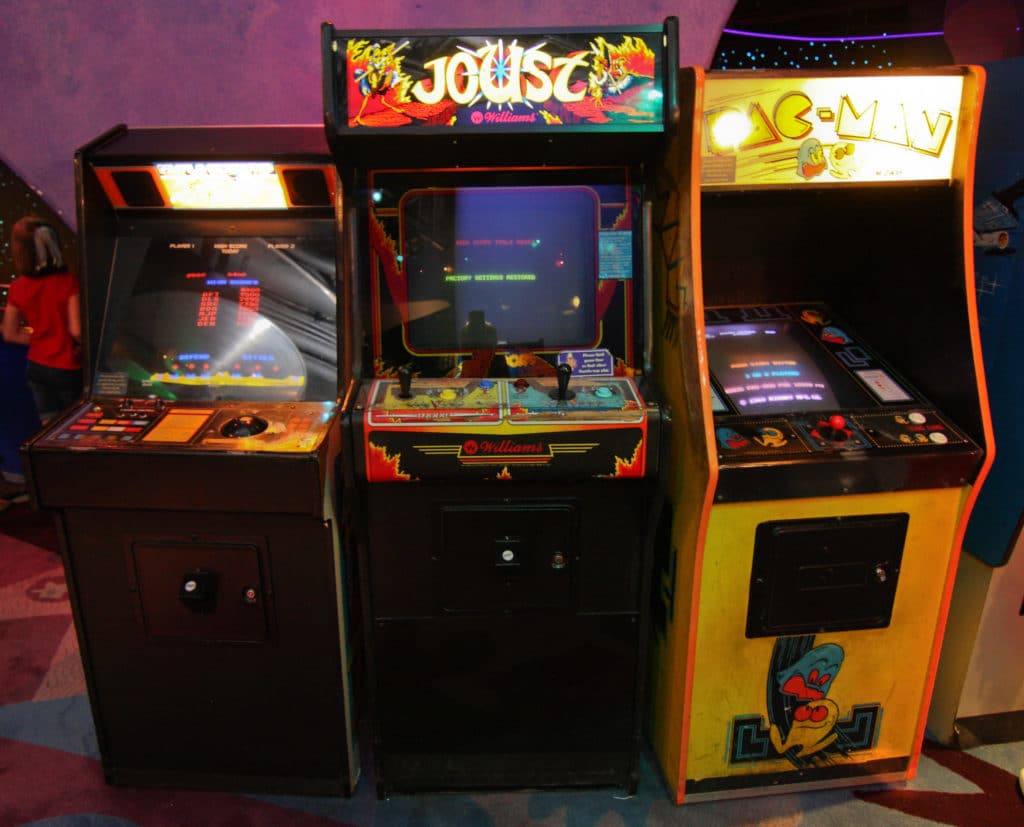
The Rise of Home Consoles (1980s – 1990s)
Atari, Intellivision, and ColecoVision brought gaming into homes, but it was Nintendo’s Entertainment System (NES) in 1985 that truly revolutionized the industry. Unlike arcade machines that relied on quick, score-based gameplay, Nintendo introduced longer, story-driven experiences like Super Mario Bros. and The Legend of Zelda. Now, players could enjoy immersive worlds without worrying about running out of coins.
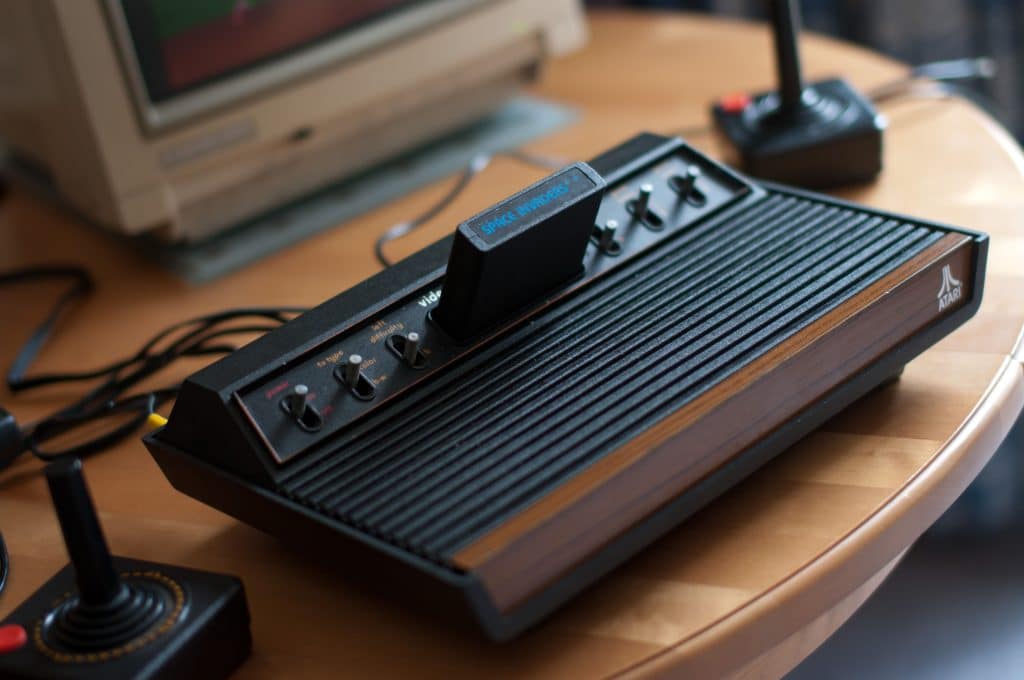
Level 2 – Iconic Characters We Know & Love Today
Gaming mascots aren’t just characters—they’re legends. Even if you’ve never played their games, names like Pac-Man, Mario, and Sonic are recognized worldwide.
Pac-Man (1980)
- Created by Tooru Iwatani, inspired by a pizza with a missing slice.
- Became gaming’s first real mascot, appearing in cartoons, merchandise, and even music.
- Designed to appeal to everyone, not just hardcore arcade players.

Mario (1981)
- First appeared in Donkey Kong as Jumpman, later renamed Mario.
- His red hat and overalls? Not a stylistic choice—it was a necessity to overcome pixel art limitations.
- Super Mario Bros. (1985) became one of the most influential games of all time, shaping platformers for decades.
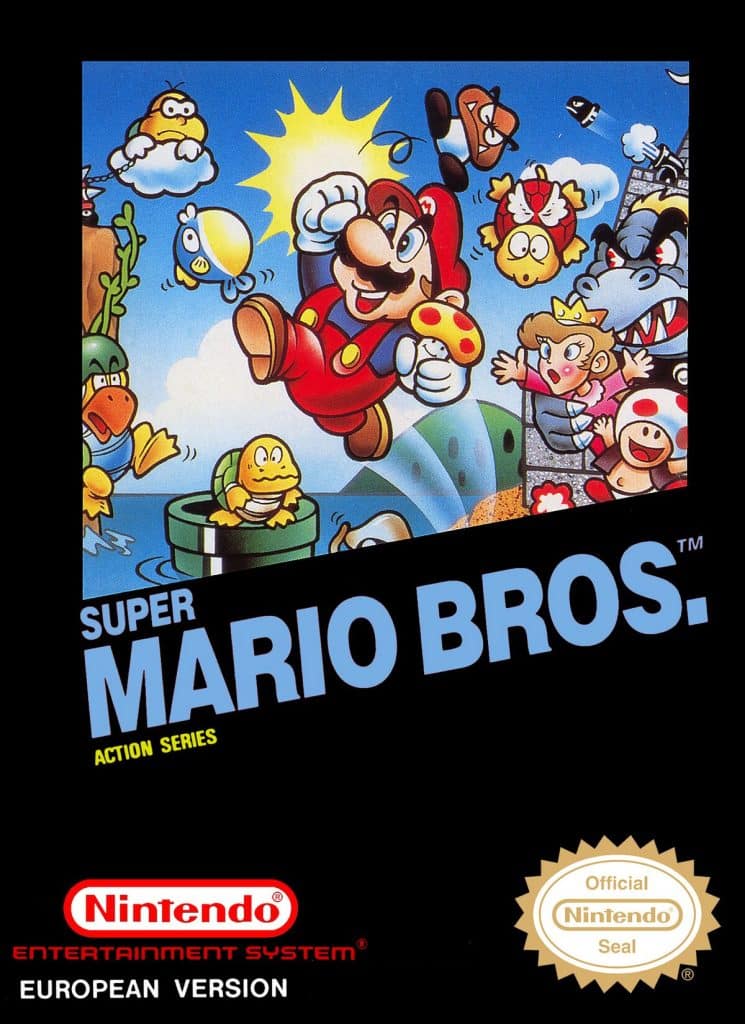
Sonic the Hedgehog (1991)
- Sega’s answer to Mario—a cooler, edgier rival designed for Western audiences.
- Blue fur? Chosen to match Sega’s logo and brand identity.
- Once a Upon a Hare – Originally going to be a Rabbit; He was changed to a hedgehog, for his spiky quills.
- Introduced fast-paced mechanics, emphasizing speed-based gameplay over precision jumping.

Forgotten Gaming Mascots
- Bonk (Bonk’s Adventure, 1989) – A caveman hero for TurboGrafx-16 that faded as the console lost popularity.
- Bubsy (1993) – An attempt at a Mario/Sonic competitor but suffered from overwhelmingly frustrating gameplay.
- Gex (1995) – A wisecracking gecko, created to rival Crash Bandicoot but was overshadowed by 3D platformers.
- Earthworm Jim (1994) – A neglected hero of the nineties with many of it’s wisecracking, sassy hallmarks. Like many similar hero’s he failed to stick the jump into Y2K.


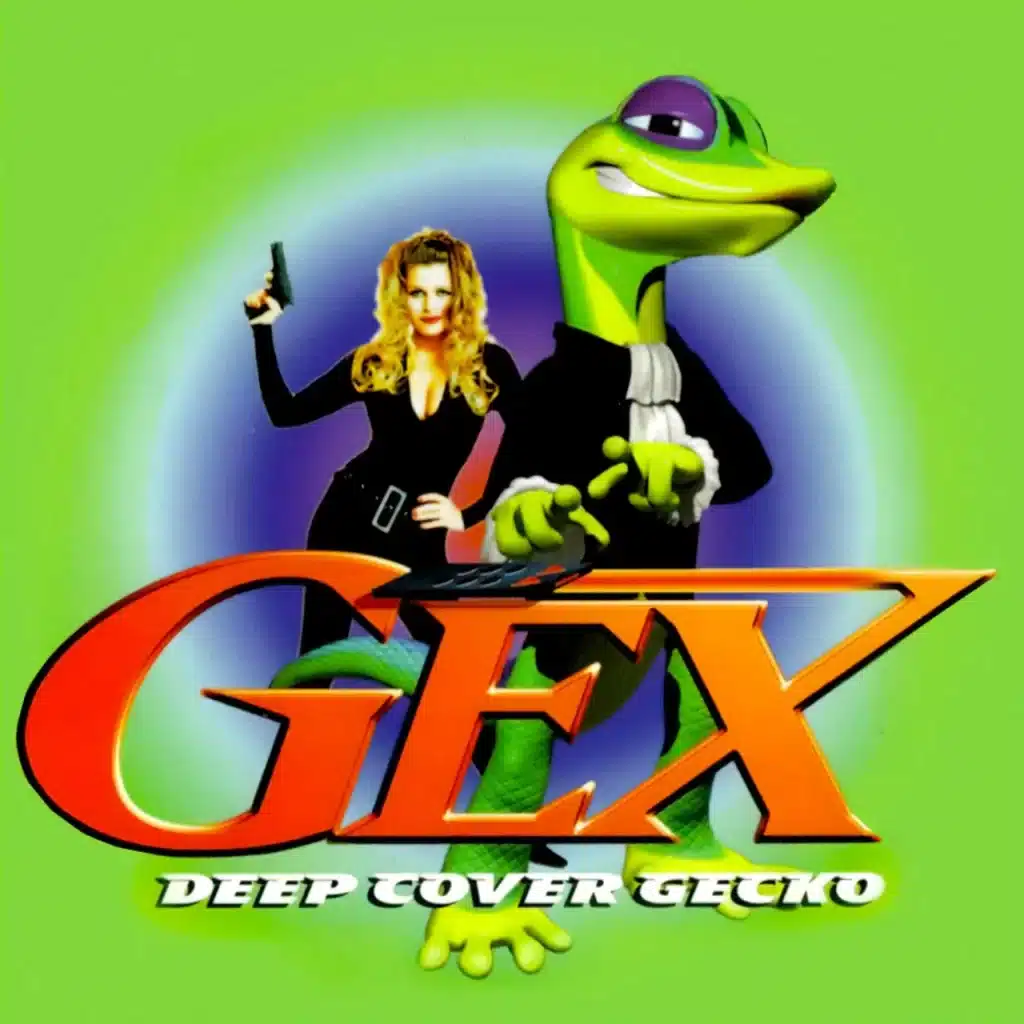
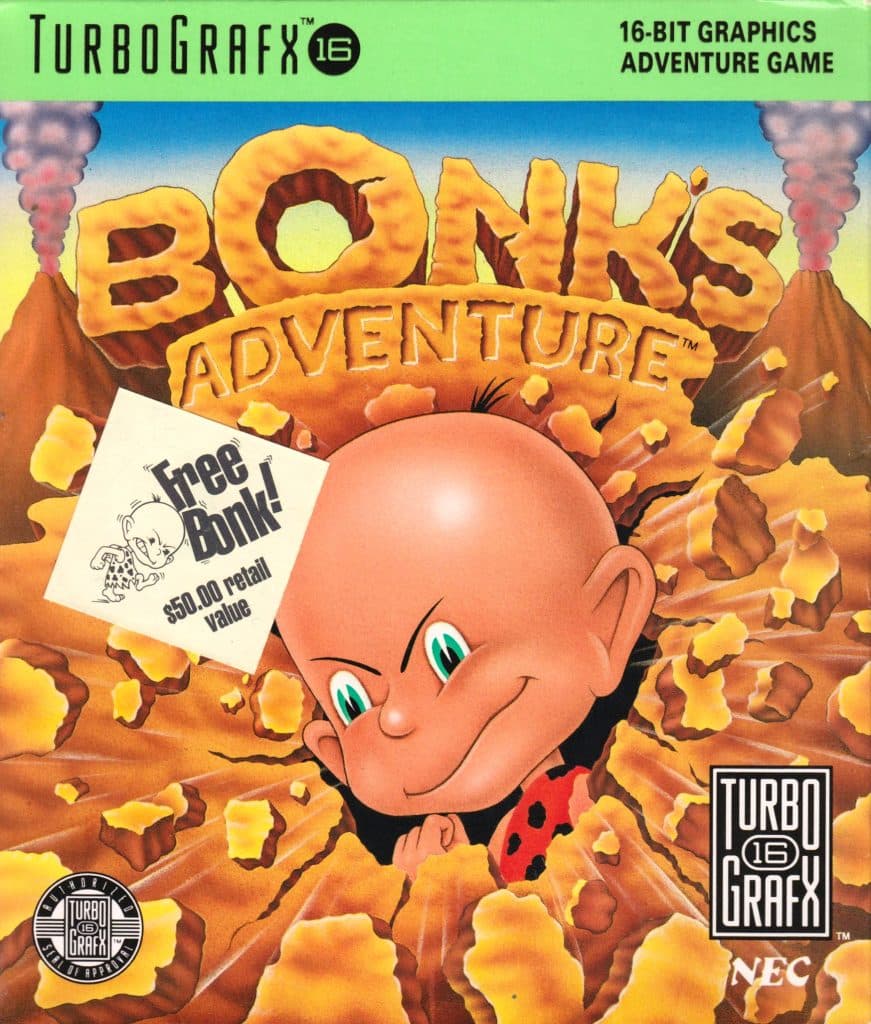
Level 3 – Underrated & Forgotten Gems of Retro Gaming
Not all retro games became mainstream hits, but that doesn’t mean they weren’t masterpieces.
EarthBound (1994)
- A quirky RPG set in a modern world, featuring bizarre enemies like attacking hippies, taxi’s & paint slinging cultists.
- Also known as Mother 2: Gīgu no Gyakushū, in Japan.
- Struggled in sales but is now one of the most beloved RPGs, inspiring Undertale.
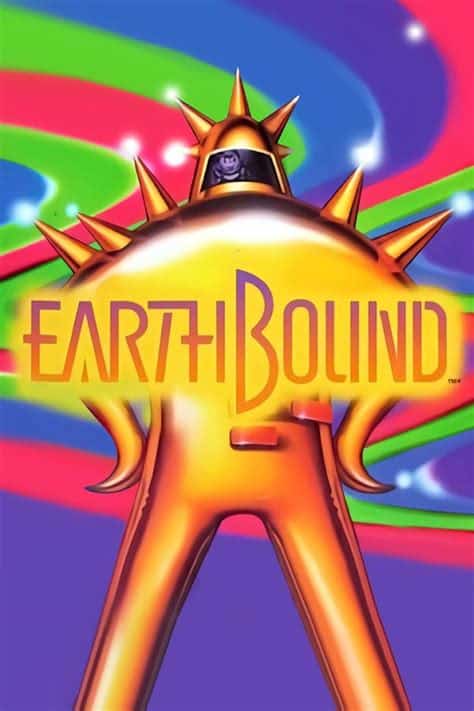
Secret of Monkey Island (1990)
- A pirate-themed point-and-click adventure filled with hilarious dialogue and bizarre puzzles.
- Still a legend among fans of adventure storytelling.
- One of many Lucas Arts cult classics, alongside: Grim Fandango, Sam & Max Hit the Road, The Dig, and Day of The Tentacles
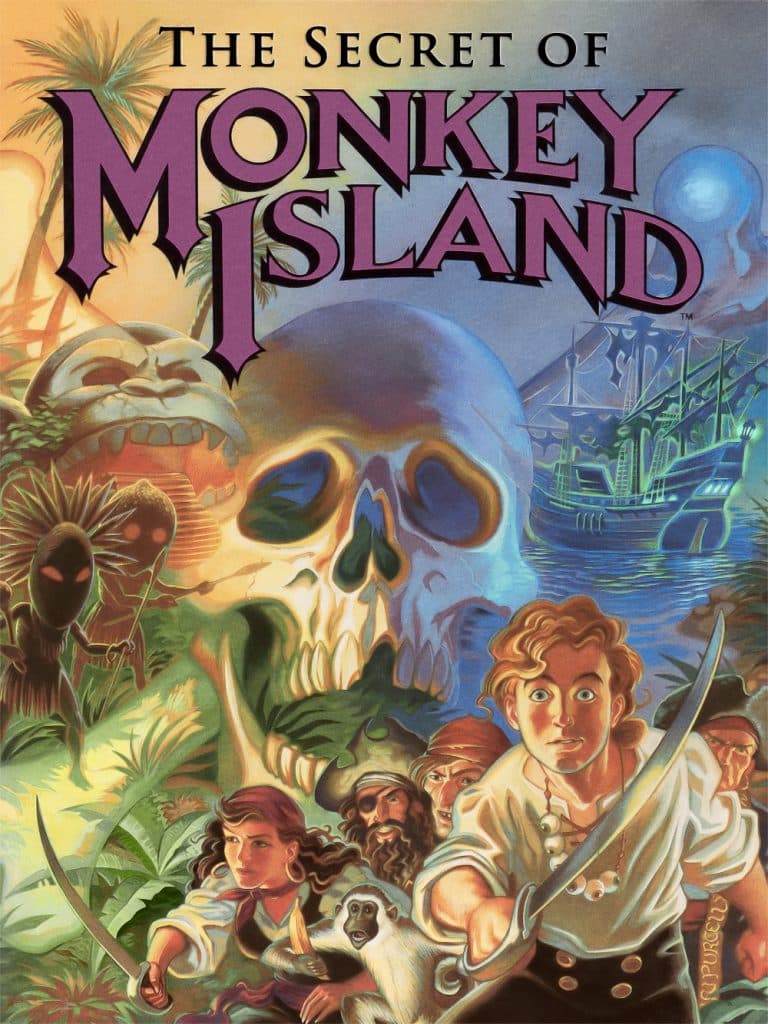
Gunstar Heroes (1993)
- A fast-paced shooter for Sega Genesis, combining crazy action with deep mechanics.
- Didn’t achieve mainstream success but remains a cult favorite for retro shooter fans.
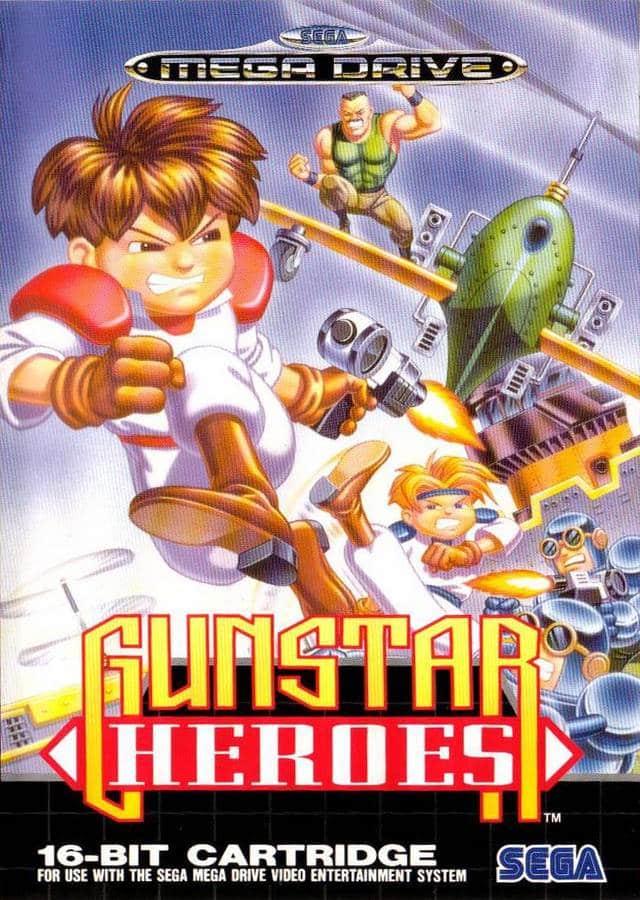
Level 4 – Retro Gaming Soundtracks: More Than Just Nostalgia
Gaming music isn’t just nostalgia—it’s an art form.
Tetris (1984)
- The Tetris theme, originally a Russian folk tune, is one of gaming’s most remixed songs.
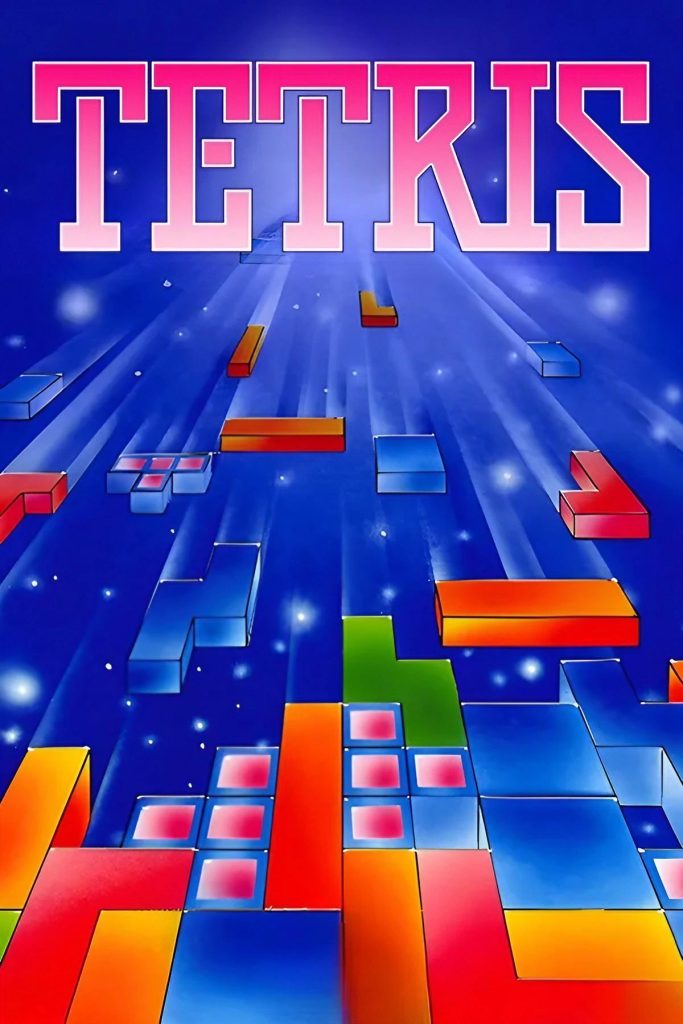
Mega Man (1987)
- Used limited sound channels but created high-energy rock-inspired beats still praised today.
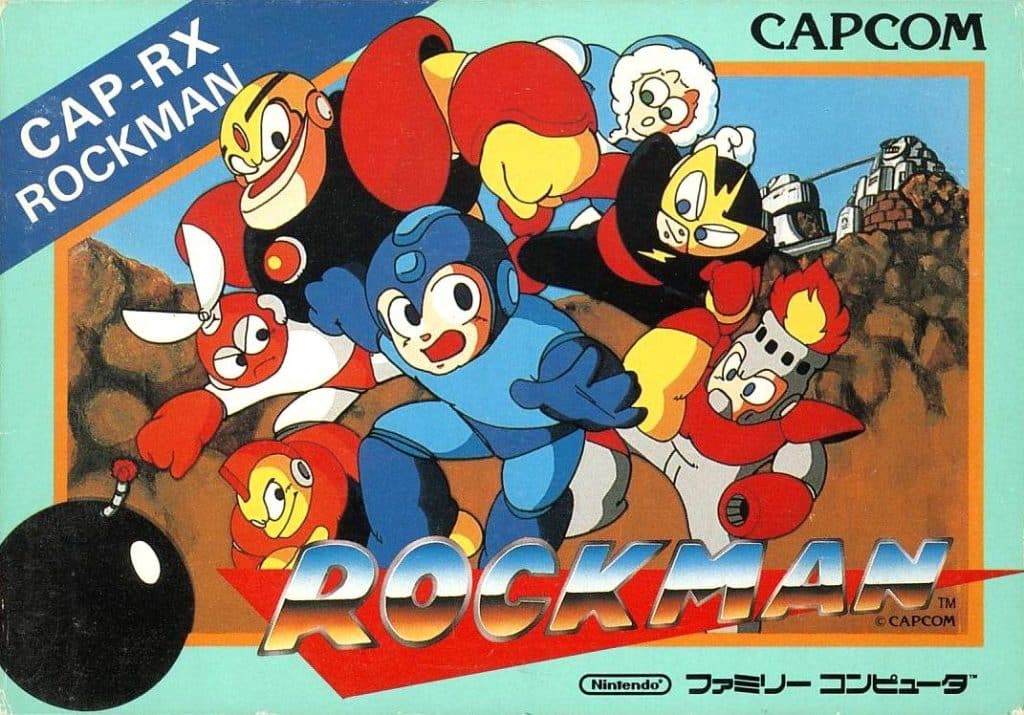
The Legend of Zelda (1986)
- Composer Koji Kondo created gaming’s most recognizable adventure theme, shaping RPG music forever.
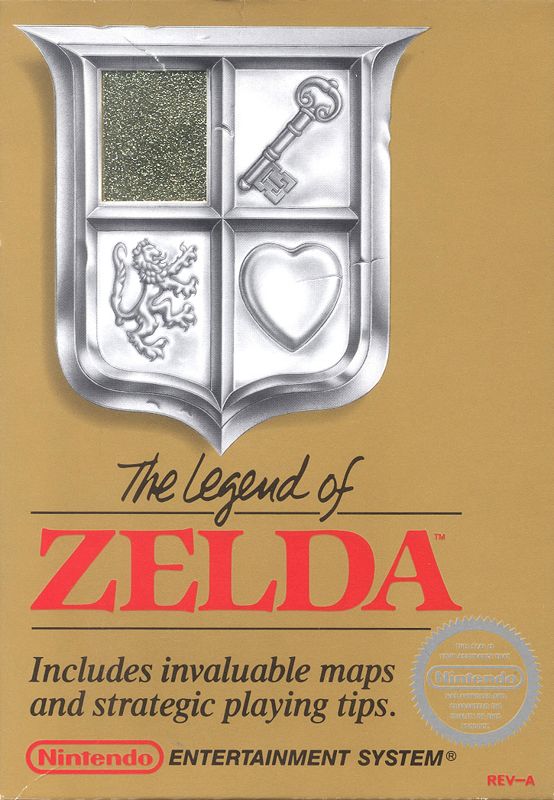
Modern Influence
- Retro gaming has directly influenced lo-fi, synthwave, and electronic music, proving chiptune’s lasting appeal.

Level 5 – How Retro Games Still Shape Modern Gaming
Even today, retro gaming mechanics influence modern titles.
Pixel Art Revival – Retro visuals evolved into smooth, detailed pixel aesthetics, seen in games like Shovel Knight.
Challenging Gameplay – Old-school difficulty inspired tight controls in Celeste.
Storytelling Simplicity – Minimal dialogue games like Hollow Knight use retro-inspired environmental storytelling.
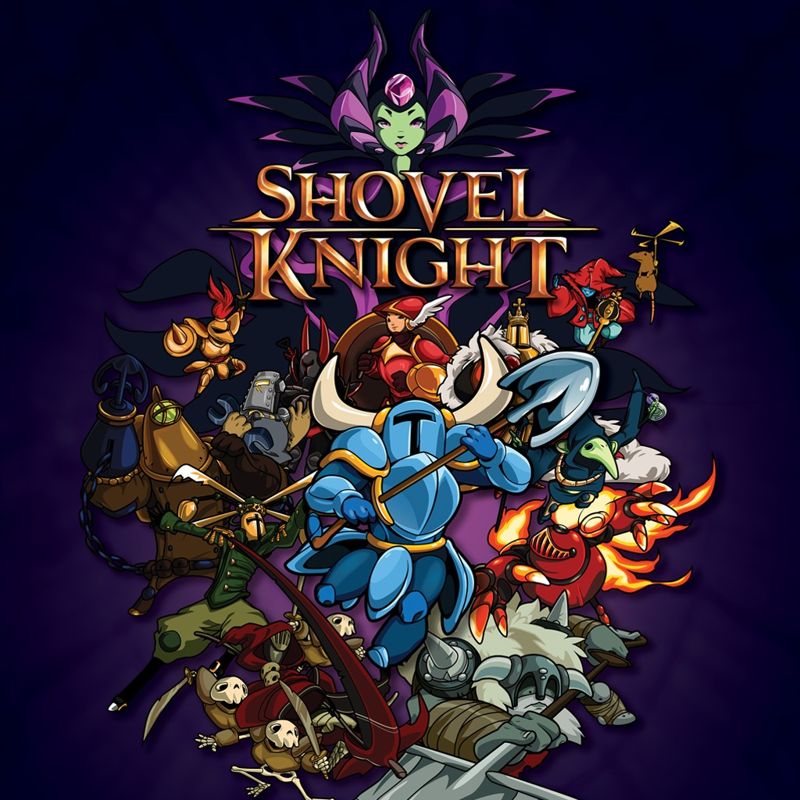
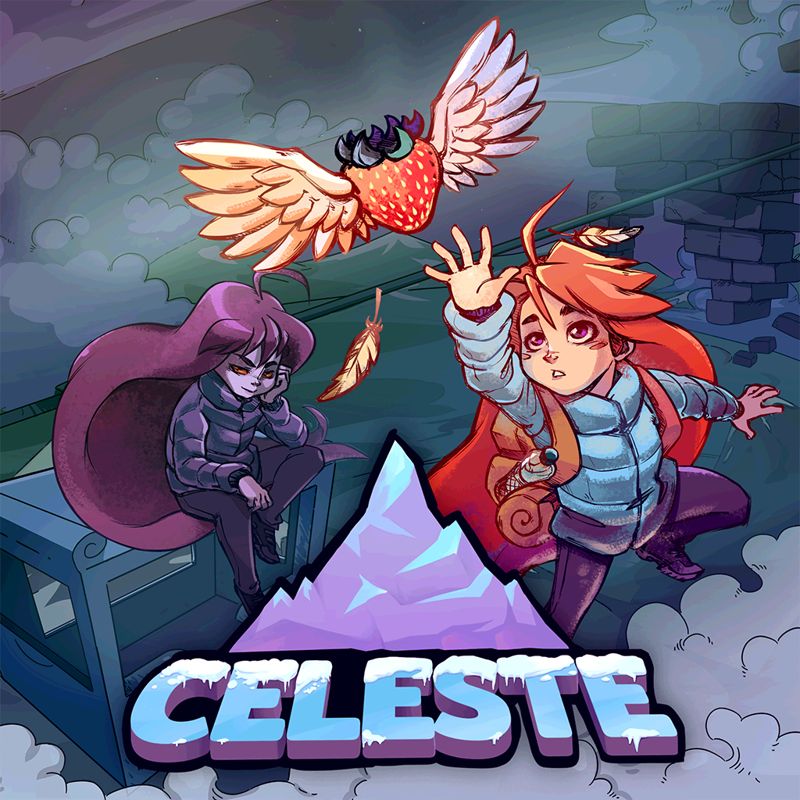
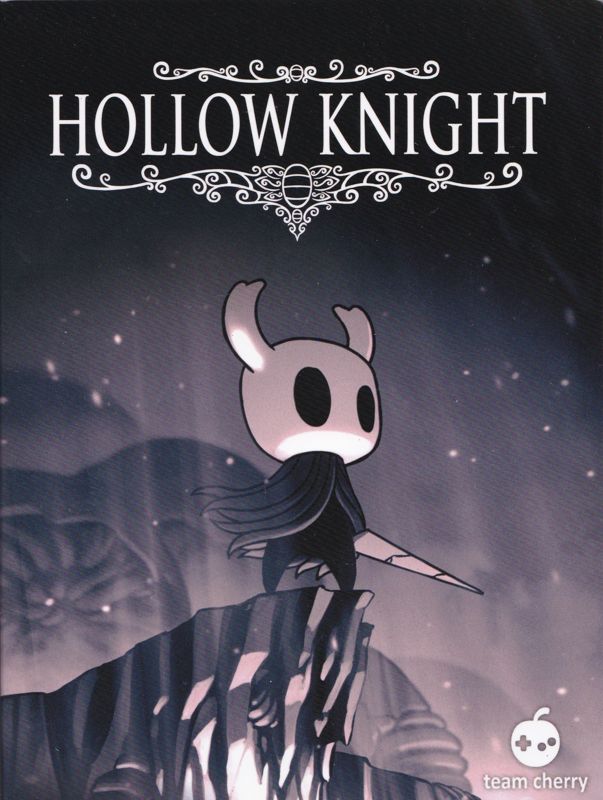
Retro gaming isn’t just about nostalgia—it’s a blueprint for today’s greatest games. From groundbreaking characters to timeless mechanics, retro gaming shaped the industry we know today

